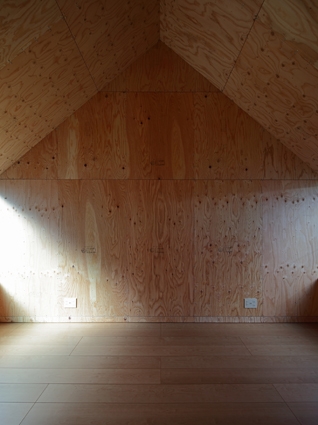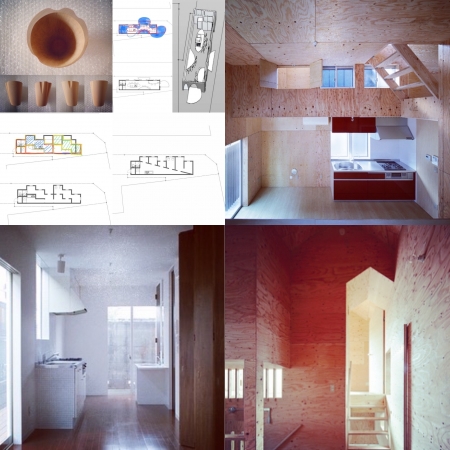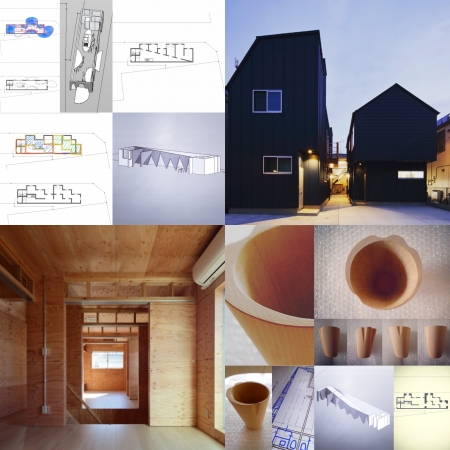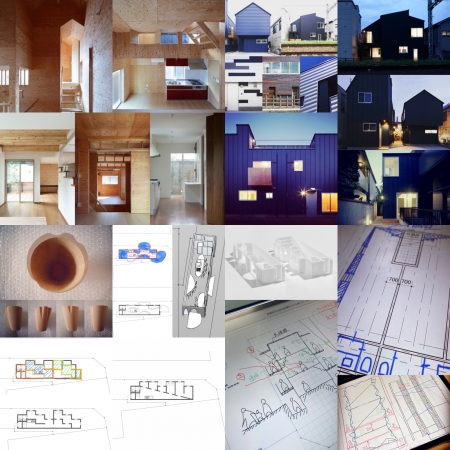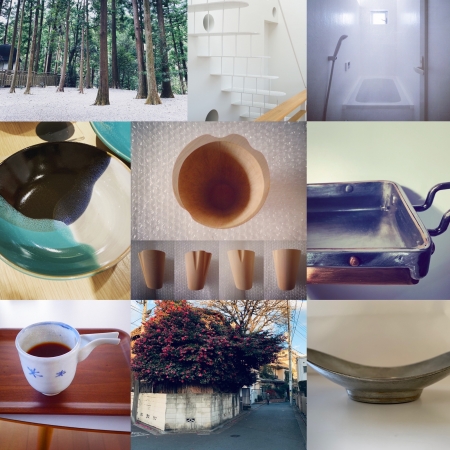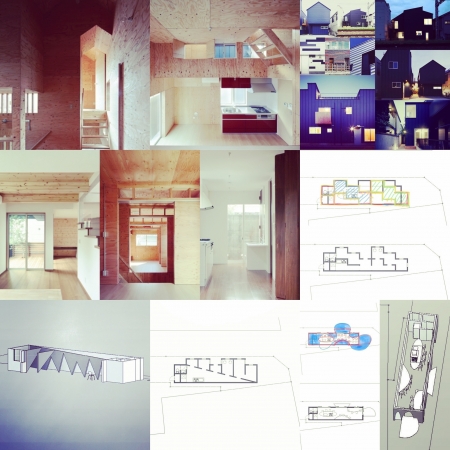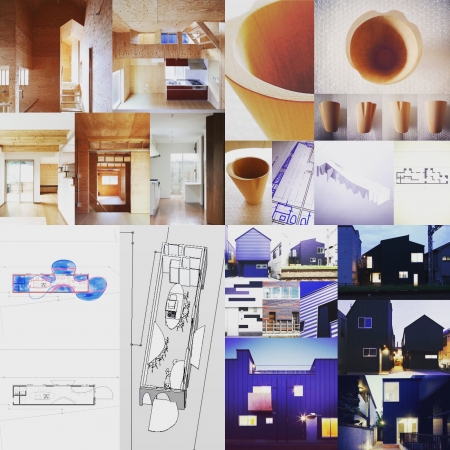建築がユートピアだった時
集合住宅を計画中で資料をいろいろと読んでいると、集合住宅という形式のはじまりは19世紀半ばくらいで、20世紀前半までにかけて労働者のユートピアを目指して建設され、その社会的な要請とモダニズムという建築理念が一緒に隆盛した様子がわかる。
モダニストのコルビュジエの作品にも労働者住宅はあり、集合住宅はマルセイユのユニテ・ダビタシオンぐらいしか見たことはないが、しかしそれは労働者住宅ではないので、資料や展覧会などで図面や写真などを見ると、モダニズムの幾何学的な形態の建築に目を惹かれるが、そこにはその時代の社会性が反映されている端正な佇まいを感じていた。
その当時の資料を見ていると、時代背景から求められる社会的な要請と建築がリニアに対応して、社会問題の解決に建築が直に用いられていた。現代から比べれば、その当時起きていた社会問題が明確で理解しやすかったから、生活に直結する建築だけで解決できることが多かったし、建築をつくる側も目標を立てやすかったのだろう。
だからか、その当時の建築を見るとつくる側から見てもユートピアに見える。現代では起きている社会問題が複雑過ぎて建築だけでは対応できないし、できていない。
"When architecture was utopia"
When I was planning an apartment house and reading various materials, the form of an apartment house started in the middle of the 19th century, and it was built by the first half of the 20th century aiming at the utopia of workers, and its social demands and modernism. You can see how the architectural philosophy of "" has prospered together.
There is also a worker's house in the work of modernist Le Corbusier, and I have only seen apartment houses like Unite d'Habitation in Marseille, but since it is not a worker's house, I will show drawings and photographs in materials and exhibitions. When I saw it, I was attracted to the architecture of the geometrical form of modernism, but I felt a neat appearance that reflected the sociality of that era.
Looking at the materials at that time, architecture was directly used to solve social problems, as the social demands of the times and architecture responded linearly. Compared to the present day, the social problems that were occurring at that time were clear and easy to understand, so in many cases it could be solved only by architecture that is directly connected to daily life, and it would have been easier for the building side to set goals.
That's why, when you look at the architecture at that time, it looks like utopia from the perspective of the creator. The social problems that are occurring in modern times are too complicated to be dealt with by architecture alone.

